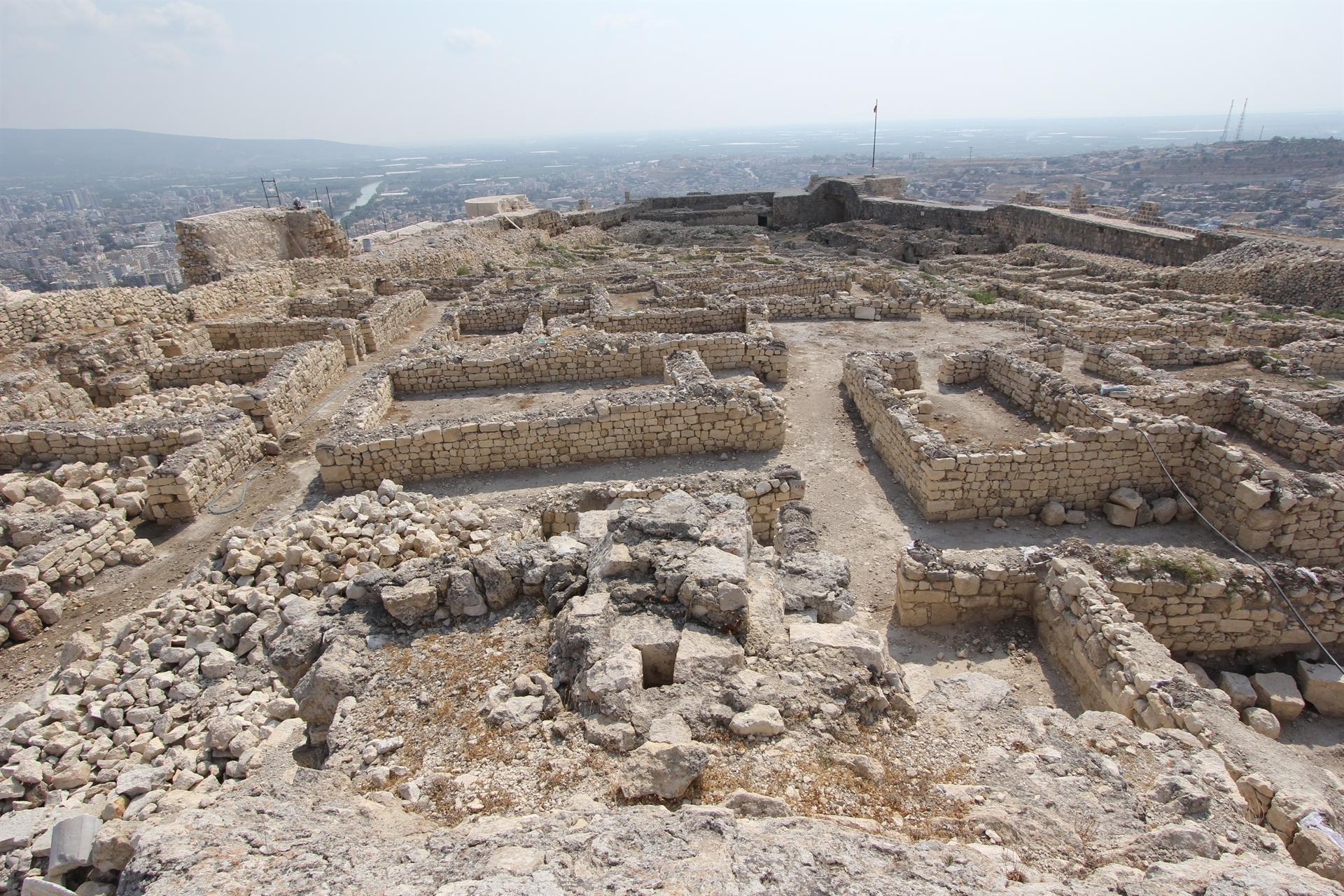
The Silifke Castle is perched atop a hill, lying between the Taurus Mountains and the Mediterranean Sea, having witnessed several civilizations throughout its existence and standing sturdy until today. With excavation works restarting, archaeologists expect they will offer significant clues on the history of the Silifke district of the southern province of Mersin.
A castle in the Roman era and later a “castle city” in the Ottoman period, the first excavations in the castle started in 2010 under the leadership of Ali Boran, a professor at Ankara Hacı Bayram Veli University’s department of art history. Ten years later, Boran will lead the excavations again.
The castle city, where traces of the Roman, Byzantine, Karamanids and Ottoman periods have been unearthed until now, has hosted many civilizations due to its commercial location. The historical structure, which became a castle city during the Ottoman period, still preserves this feature today.
“Excavations revealed that the castle’s history dates to 3,000 B.C. It is possible to find the traces of important civilizations that lived in Anatolia in this castle. These traces appear as Roman, Byzantine and Turkish periods. After the Roman and Byzantine periods, during the Karamanoğlu period, this was an important place as the port city and beylic center, and finally the seat of the throne. After the Karamanoğlu period, it was included in the Ottoman lands by Gedik Ahmet Pasha, and after the conquest of Cyprus, it became an important commercial and residential area with its connection with Cyprus.”
Stating that the castle gained great importance in the Ottoman era, Boran said,“In the Ottoman period, it was a place where both trade and daily life continued. New spaces were created inside and outside the castle. There are many buildings in the center and around the Silifke castle.”
There are social and commercial places, a place of worship and houses behind it, according to Boran. Excavations revealed that there were hundreds of houses after the Ottomans made the interior of the castle completely a settlement.
Boran said that the excavations were also very important for tourism.
“The Silifke Castle excavation is extremely important in terms of making it become a tourism destination. Because this castle in Anatolia is a rare castle that has survived until this day. The castle city excavation continues, where you can see many things like sea, nature and plateau. With the completion of the restoration in the coming years, it has already emerged that it will be one of the most important tourism destinations in the region, so that the castle will contribute to both tourism, culture and the people of the region.”
Silifke is a popular summer resort for locals living in the region. The city already houses ancient churches dating back to the early years of Christianity and a temple once made for the ancient Greek god of Zeus.